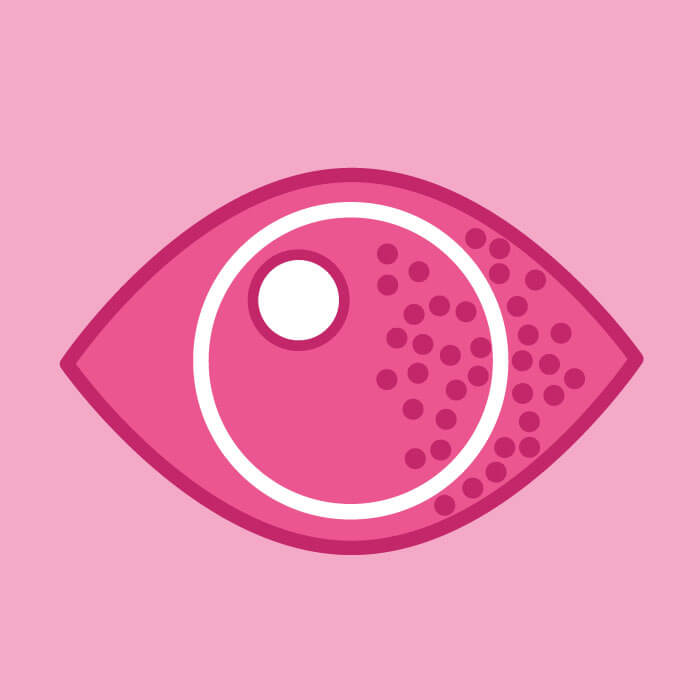
Bad news for baby boomers: herpes zoster ophthalmicus (HZO) is on the rise – and over 75s are most at risk. In a unique study spanning demographics, socioeconomic groups and geographical regions, researchers at the Kellogg Eye Center found a three-fold increase in the incidence of HZO, when shingles gets in the eye, over a 12-year period.
The team analyzed healthcare claims made by 13 million patients in the United States and found incidence rose substantially between 2004 and 2016, from 9.4 cases per 100,000 people to 30.1 cases per 100,000. Interestingly, the highest rate of infection was reported among women and adults over 75, with 53 cases per 100,000 – significantly more than any other demographic.
According to Nakul Shekhawat, author of the paper, this result can be explained by reduced cell-mediated immunity, affecting older patients’ ability to keep potential VZV reactivation in check. “The same phenomenon has also been observed (to a much more severe extent) in patients with HIV/AIDS or cancer patients taking chemotherapy – reduced immunity increases risk of HZO,” he explains. So what about the racial disparities?
The study found that whites were more at risk than any other racial groups, with 30.6 cases per 100,000, as opposed to blacks (23.4), Asians (21.0) and Latinos (14.6). “There are likely biologic differences in immunity that predispose women to slightly higher risk than males, and whites to substantially higher risk than other races,” explains Shawkhawat.
“Although these differences could certainly be due to differences in levels of exposure to VZV across certain racial communities that spend more time living together, it’s more likely that there are genetic differences in heretofore incompletely understood features of cell-mediated immunity across racial groups,” he concludes.
And immunity is important as HZO can have sight-threatening consequences. A viral infection, HZO disrupts the corneal stromal fibers, leading to corneal scarring and haze. While eligible for corneal transplantation, HZO patients have a much higher risk of complications following the procedure, including recurrence of HZO within the donor cornea, graft rejection and graft failure. Like all diseases, prevention is better than cure – so what’s the solution?
According to Shekhawat, the answer is simple: vaccinate. “Zostavax – a leading brand – reduces risk of shingles by 51 percent, but has reduced efficacy after several years. Unfortunately, nationwide utilization of Zostavax has been low: only 10 to 30 percent of eligible patients, depending on which study you read,” explains Shekhawat. “Shingrix, another brand, has much greater efficacy – over 95 percent – but two practical drawbacks, which may deter patients.”

One: it requires two injections given months apart instead of a single injection of Zostavax. Two: around one-fifth of patients who get Shingrix develop cold-like symptoms such as fever, headache, and fatigue for a few days afterwards. “That being said, given the severity of shingles anywhere in the body – particularly HZO or shingles affecting the eye – I would urge older patients to get Shingrix because of the substantial preventive advantages,” says Shekhawat.
“Ultimately, sharing information about studies such as ours with the medical community, as well as the general public, is important for promoting awareness of the importance of shingles vaccination,” says Shekhawat. “The problem of HZO will likely get worse in coming years, and given how difficult to treat certain severe cases of HZO can be, prevention is the best approach from the standpoint of individual patients, as well as our entire healthcare system.”
